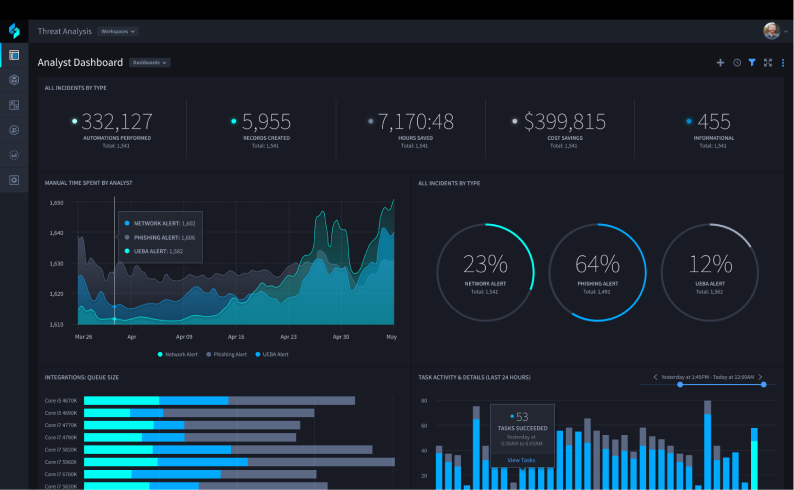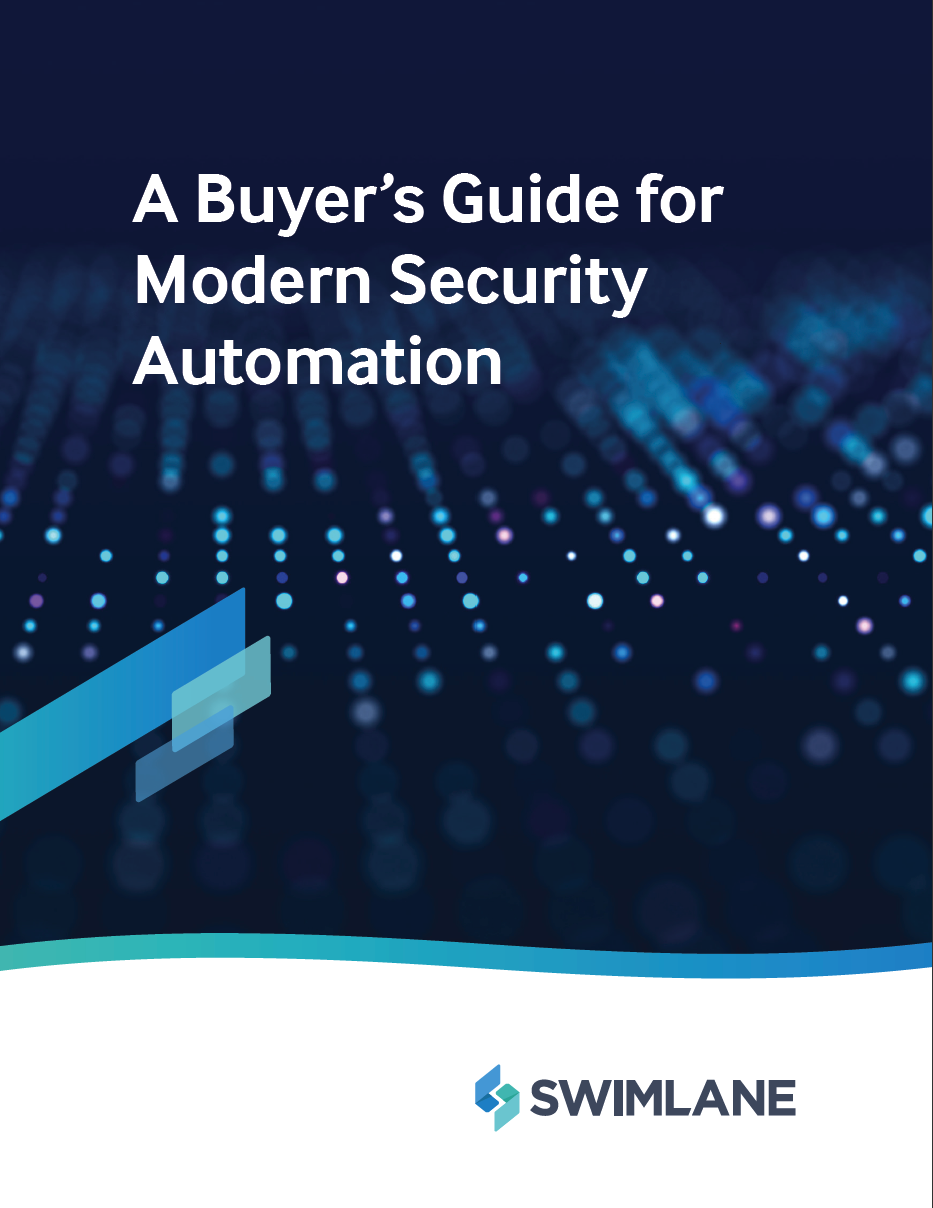
of security alerts are missed
70
%
Staffing shortages and workday restrictions result in 70% of security alerts never being investigated.
of the incident response process can be automated
90
%
Security automation reduces manual, repetitive, and time consuming tasks so analysts can focus on expert analysis.
automation KPIs
3
x
Lumen Technologies overachieved their automation KPIs
Ready to Get Started?


